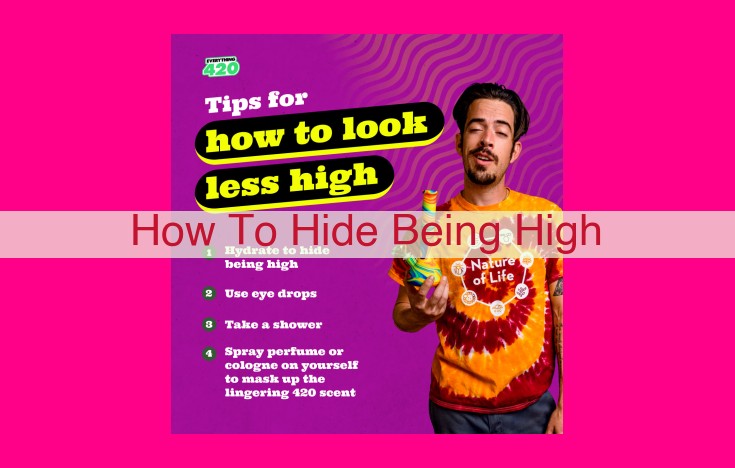Identifying And Combating Substance Abuse: Signs, Prevention, And Support Resources

Identify signs of substance abuse, including physical changes, behavioral deviations, cognitive impairments, secrecy, and social cues. To avoid detection, seek support from educators, drug treatment specialists, or government agencies who offer resources and guidance for preventing and addressing substance abuse.
Identifying Substance Abuse: Personal Signs to Watch Out For
In the tapestry of life, substance abuse can cast an insidious shadow, creeping in and wreaking havoc on our well-being. Recognizing the telltale signs of its presence can empower us to seek help for ourselves or loved ones.
Physical Manifestations:
- Unexplained changes in appearance: A gaunt or bloated physique, dull eyes, and unkempt hygiene can be indicators of prolonged substance use.
- Peculiar symptoms: Persistent headaches, nausea, unexplained pain, and impaired coordination may signal the body’s struggles against the effects of substances.
Behavioral Clues:
- Social isolation: Substance abusers often retreat into their own world, distancing themselves from friends and family.
- Extreme mood swings: Erratic emotions, from euphoria to irritability and depression, can be a result of substance-induced chemical imbalances.
- Risky or reckless behavior: Impaired judgment leads to increased impulsivity, resulting in dangerous actions like driving under the influence or engaging in unprotected sex.
Cognitive Deficits:
- Memory lapses: Substance use can impair memory formation and retrieval, leading to forgetfulness and difficulty concentrating.
- Cognitive decline: Prolonged substance abuse can damage brain structures responsible for cognition, resulting in memory loss, confusion, and impaired problem-solving abilities.
Suspicions of Secrecy:
- Secretive behavior: Hiding drug paraphernalia, avoiding conversations about substance use, and making excuses for unexplained absences can indicate attempts to conceal substance abuse.
- Evasiveness: Responds to questions with vagueness, avoids eye contact, and changes the subject when substance use is mentioned.
Social Cues:
- Withdrawal from relationships: As substance abuse takes hold, individuals may gradually distance themselves from loved ones who express concern or disapproval.
- Shifts in social circles: Substance abusers may seek out others who engage in similar behaviors, forming new friendships based on shared experiences.
Detection and Support: Involved Entities
In the realm of substance abuse, early detection and intervention play a crucial role in fostering recovery. Various entities hold significant responsibilities in identifying and supporting individuals struggling with substance use disorders.
Educators: The Sentinels of Awareness
Educators serve as the frontline in detecting substance abuse among students. Armed with knowledge about the telltale signs, they can intervene at an early stage, preventing further escalation of the problem. By incorporating substance abuse education into curricula, educators equip students with the ability to recognize the dangers and make informed choices.
Drug Treatment Specialists: Pillars of Recovery
Drug treatment specialists are the beacon of hope for individuals seeking recovery from substance abuse. With their expertise in evidence-based therapies, they provide tailored treatment plans that address the underlying causes of addiction. From cognitive behavioral therapy to medication-assisted treatment, these specialists guide individuals on a path towards sobriety and long-term well-being.
Government Agencies: Architects of Prevention and Support
Government agencies play a pivotal role in combating substance abuse through comprehensive policies and strategic resource allocation. By implementing prevention programs in schools and communities, they aim to reduce the prevalence of substance use. Funding research and public awareness campaigns ensures that the fight against addiction remains a top priority. Additionally, agencies provide vital resources for treatment programs, bridging the gap between seeking help and accessing it.
In the intricate web of substance abuse detection and support, these entities work in synergy, forming a safety net for those affected. By leveraging their collective resources, knowledge, and dedication, they strive to create a society where individuals can overcome the challenges of addiction and thrive in recovery.